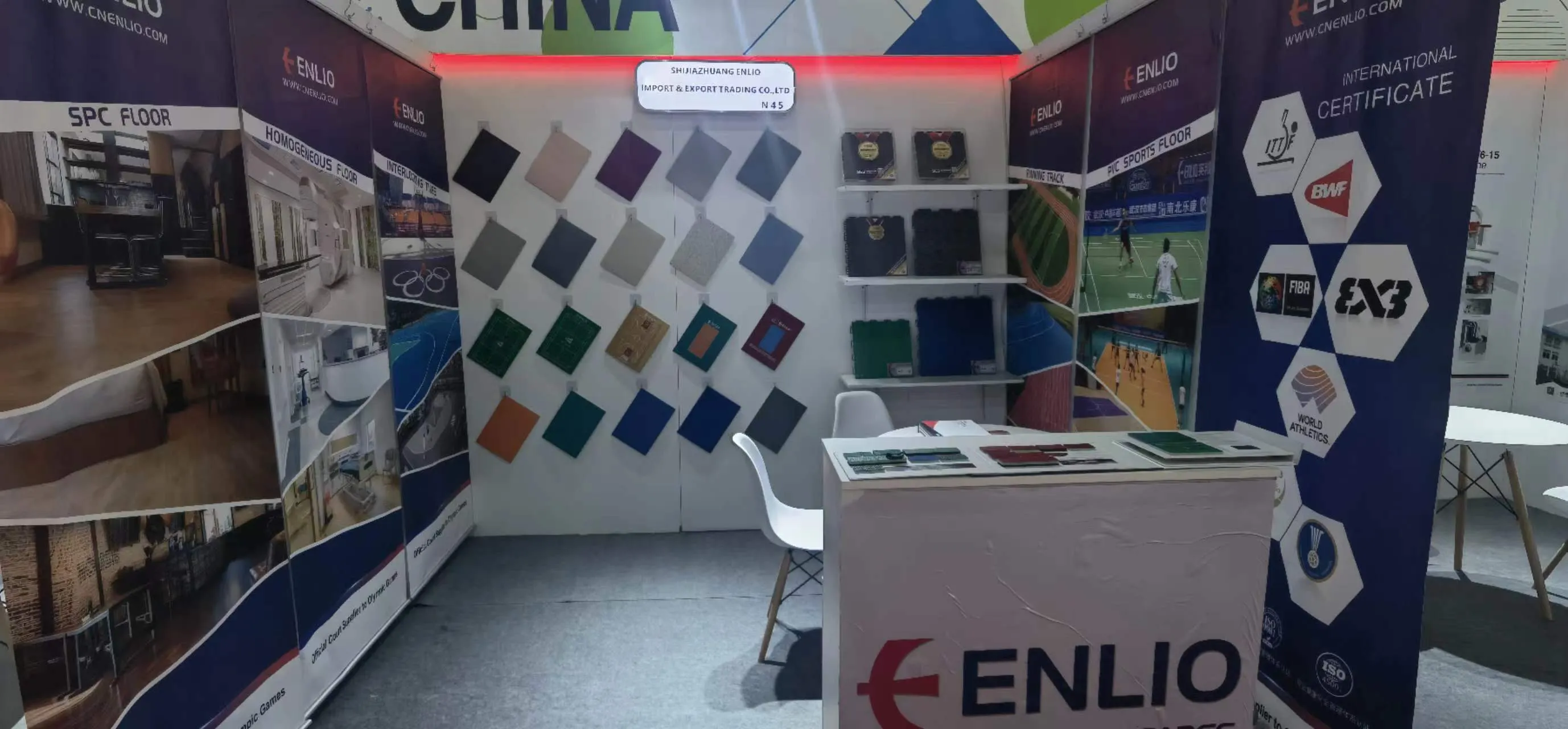vinyl wooden flooring
Vinyl vs. Wooden Flooring A Comprehensive Comparison
When it comes to flooring options, homeowners often find themselves deliberating between various materials, with vinyl and wooden flooring being two of the most popular choices. Both offer unique advantages and aesthetic appeals, making the decision process a challenging one. In this article, we will explore both flooring types in detail, considering factors such as cost, durability, maintenance, aesthetics, and installation.
1. Cost
Budget is often a primary concern when selecting flooring. Generally, vinyl flooring is more cost-effective than wooden flooring. Vinyl planks can range from $2 to $7 per square foot, while hardwood flooring typically costs between $5 to $15 per square foot, depending on the wood species and quality. For those looking for a stylish flooring solution without breaking the bank, vinyl is an attractive option that does not compromise on quality.
2. Durability
Durability is a critical factor in flooring selection, especially in high-traffic areas. Vinyl flooring is known for its resilience; it can withstand heavy foot traffic, scratches, and spills. Its water-resistant properties make it an excellent choice for bathrooms and kitchens where moisture is an issue. On the other hand, while hardwood is sturdy, it can be more susceptible to scratches and water damage. However, with proper care and maintenance, solid hardwood can last a lifetime.
3. Maintenance
vinyl wooden flooring

When it comes to maintenance, vinyl flooring has an advantage. It requires minimal effort to keep clean—generally, a damp mop and a mild detergent are enough to maintain its appearance. Additionally, its resistance to stains and spills makes it ideal for families with children and pets. Conversely, hardwood flooring necessitates regular maintenance, including refinishing every few years to preserve its luster and protect it from wear. Furthermore, exposure to moisture can lead to warping or cupping, which requires immediate attention.
4. Aesthetics
Aesthetically, wooden flooring possesses an unmatched beauty that adds warmth and character to any space. The natural grain patterns and rich tones of hardwood can elevate the decor of a room, making it an elegant choice for many homeowners. Vinyl flooring, while available in numerous designs and colors, often aims to replicate the look of wood. Advances in printing technology have significantly improved the realism of vinyl planks, making them increasingly popular. However, the authentic feel and warmth of real wood remain difficult to replicate, and many people find that real hardwood creates a more inviting environment.
5. Installation
Installation ease also plays a pivotal role in deciding between vinyl and wooden flooring. Vinyl flooring, particularly luxury vinyl tile (LVT) and vinyl planks, can often be installed as a DIY project. Many options come with a click-lock system, allowing homeowners to lay the flooring without professional help. In contrast, while hardwood flooring can also be installed by skilled DIY enthusiasts, it often requires more specialized tools and techniques. Professional installation for hardwood may also be necessary, contributing to increased costs.
Conclusion
In summary, both vinyl and wooden flooring have their own strengths and weaknesses. Vinyl flooring is a budget-friendly, durable, and low-maintenance option, making it suitable for busy households or moisture-prone areas. On the other hand, wooden flooring offers timeless beauty and longevity, appealing to those who prioritize aesthetics and traditional charm. Understanding your needs, lifestyle, and budget will help you make the best choice for your home, ensuring that your flooring enhances your space for years to come.
-
modern-interior-solutions-with-durable-pvc-material-skirtingAug.22,2025
-
elevating-outdoor-spaces-with-premium-wood-material-skirtingAug.22,2025
-
Waterproof Advantages of SPC Flooring Vinyl in KitchensAug.06,2025
-
SPC Hybrid Waterproof Flooring Thickness GuideAug.06,2025
-
Leveling Subfloor Before My Floor SPC InstallAug.06,2025
-
How Mesh Deck Skirting Improves Outdoor Pest ControlAug.06,2025




